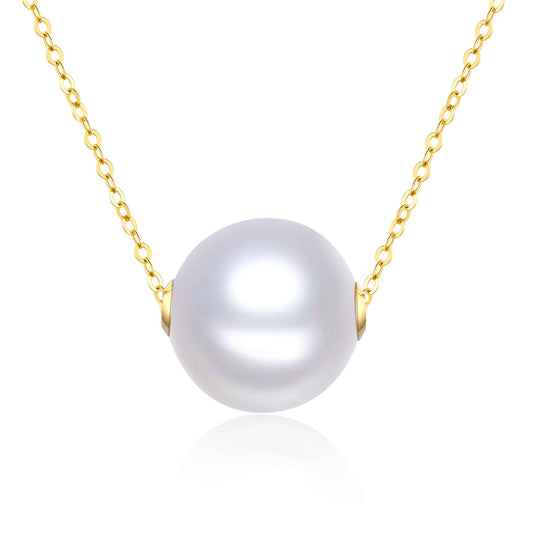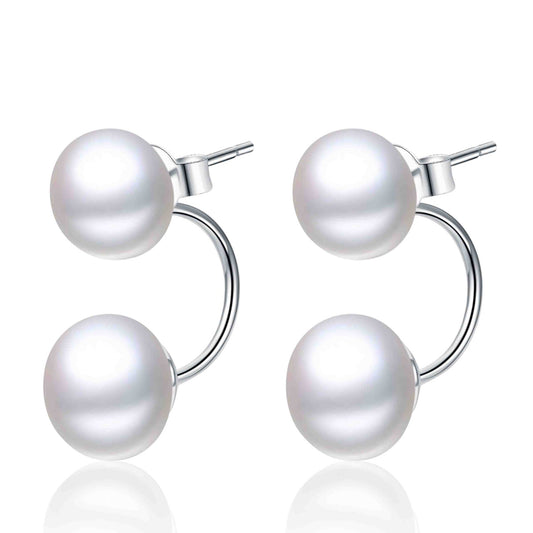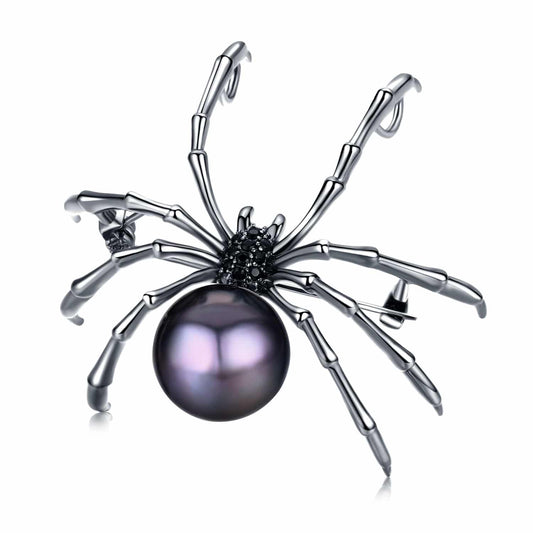
The History of Pearls Part 2: Pearl Culturing
Share
Thanks to the pearl culturing pioneers, who we’ll highlight in this blog, we can now all enjoy these beautiful gems while simultaneously improving the environmental conditions of their breeding ground.
In part 1 of this series, we talked about natural pearls and how the greediness of the rich who did not care about the damage they caused, as long as they could get their hands on more pearls, almost led to the extinction of pearls worldwide.
Let’s look at how pearl culturing saved the industry and the environment.
Akoya Pearls
The quest to find an alternative solution to opening and discarding thousands of oysters unnecessarily started in the late 1800s in Japan.
Kokichi Mikimoto, called the ‘father of the cultured pearl industry’, started to experiment with nucleating an Akoya pearl oyster in the late 1800s. After nearly a decade of experimentation, he finally succeeded by producing his first pearl in 1893, and over the next few decades, he improved his technique until he could finally produce pearls consistently.
At the same time, the biologist Tokichi Nishikawa and the carpenter Tatsuhei Mise were both experimenting separately with oyster nucleation. In1907 Mise registered a patent for a special grafting needle he designed. A while later, Nishikawa applied for his own nucleation patent and discovered that Mise already had a patent. He reached out to Mise, and they decided to put heads together to create the Mise-Nishikawa method, which is still used today by most pearl farmers.
Mikimoto took their nucleation method a step further and figured out how to create perfectly round Akoya pearls. He registered an altered patent in 1916 and created the Mikimoto Pearl Company. Although Mikimoto wasn’t the only one who could successfully cultivate pearls, he was the one who spread cultured pearls around the world and made them popular to wear.
Chinese Freshwater Pearls
The Chinese had been cultivating freshwater mabe pearls for hundreds of years. They learned early on how to implant a metal form against the inner shell of a mussel, after which they submerged the mollusk into the water for a few years to give enough time for the nacre to cover the form. The most popular form created this way was a small sculpture of Buddha.
Mass production of pearls only started in the 1970s in China. They flooded the market with small, low-quality pearls known as ‘Rice Krispie’ pearls due to their crinkly texture.
Over the next few decades they rapidly improved their quality, and today, most cultured pearls come from China.
Edison Pearls elevated the quality of Chinese pearls even further. In 2010, the first batch of Edison Pearls was introduced to the market. With their enormous sizes, a range of exquisite colors, and perfectly round and lustrous, these pearls are some of the best available in the market right now – at affordable prices.
Tahitian Pearls
In the 1960s, modern pearl culturing methods were introduced in the region and the first farms were founded. Within 20 years they perfected their techniques and started producing significant amounts of black pearls to be sold around the world.
Today, black pearls are one of the most popular types of pearls.
South Sea Pearls
By 1910 North-Western Australia became one of the most important natural pearling centers in the world. The arrival of the culturing techniques posed a danger to the industry, or so they thought, and in 1922 the Australian Government passed legislation that prohibits the culturing of pearls in order to protect the natural pearl industry. The law was scrapped in 1950.
Decades before that, the British scientist, William Saville Kent started experimenting with pearl culturing in 1890. His technique was eventually adopted and developed further by Nishikawa and Mise in Japan. Mikimoto may be called the father of the pearl industry, but if it wasn’t for Kent’s research, he may never have been successful.
The first pearl farms were opened in 1956 at Kuri Bay by the American entrepreneur, Alan Gardau and the Japanese grafting technician, Saku Kuribayashi, and in 1962 Nicholas Paspaley opened his first farm.
The Paspaley Pearl Company became famous not only for producing some of the finest South Sea cultured pearls, but also for their efforts at sustaining and nurturing the native wild oyster population. They introduced new farming techniques that significantly lowered the oyster mortality rates.
The Future of the Pearl Culturing Industry
Today, nearly 99% of all pearls available on the market are cultured pearls. Gone are the days where oysters are opened and discarded en mass in a quest to find the lustrous gems. Not only did culturing save the pearl industry and kept mollusks from going extinct, but pearl farmers are also actively working on caring for and improving the environment.
When buying from Timeless Pearl you can rest assured that the farmers we purchase our jewelry from operate according to strict sustainable farming practices. Check out our wide selection here.



